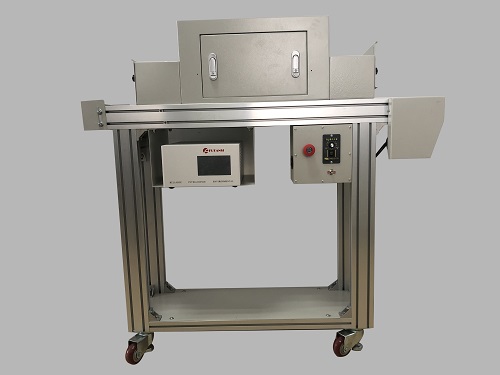What are the effects of UV curing?
What are the effects of UV curing? The factors affecting the rate of photopolymerization include the activity and concentration of photoinitiator, the reactivity of monomers (reaction group structure, functionality, monomer structure), the reactivity of photocurable resins and the radiation curing conditions (including light intensity, distribution intensity of the main output wavelengths of light source, anti-oxidation and anti-polymerization measures, etc.). Some of the above factors also affect the conversion of final polymerization. Appropriate prolongation of irradiation time can improve the conversion. Generally speaking, the effective radiation time can be from several seconds to tens of seconds, and excessive increase of radiation time has little effect on improving the conversion rate. Various factors of impression curing may restrict each other and affect the curing effect together. There are many factors affecting the curing process. The most common factors are as follows:
1. Sample thickness
The thickness of the film has a significant effect on the light curing. The thickness of the light curing layer is limited by the viscosity of the coating and the coating process conditions. When the layer is thicker, because of the light absorption shielding effect of photoinitiator itself, its cracking debris, resin and so on, it may lead to incomplete solidification of the underlying layer and affect the comprehensive performance of adhesion.
2. Temperature effect, properly increasing the temperature of irradiation site is often conducive to the high conversion rate of the photo-curing layer.
3. Effect of Concentration and Type of Photoinitiator
Photoinitiator is a key part in the formulation of UV-curable coatings, too low concentration is not enough to produce high curing rate, and is not conducive to anti-oxygen polymerization; too high concentration of initiator, too large residual after UV-curing, is not conducive to the anti-yellowing and anti-aging properties of the coating, and the possibility of residual initiator precipitation from the cured film It also affects the appearance.
4. The influence of diluents
Active diluents are used to reduce the viscosity of coatings and improve the properties of curing layers. Active diluents also have significant effects on the curing process.
5. Characteristics of dark reaction after irradiation
The characteristics of dark reaction after irradiation of cationic light curing are well known, but the dark reaction and behavior of free radical light curing system after irradiation are often neglected.

【Recommended reading】
- What are the characteristics of UV curing? What is
- Contrast Thermal Curing of UV-LED
- What are the advantages of UVLED purple light sourc
- What are the usage methods of UV LED curing machine
- What are the difficulties in the printing process o
- What factors affect the curing time of UV glue?
- How to measure the light intensity of UV LED curing
- How to choose the power of UV light source?
- What are the UV LED curing machines now?
- Does the UV LED light source have a long service li





